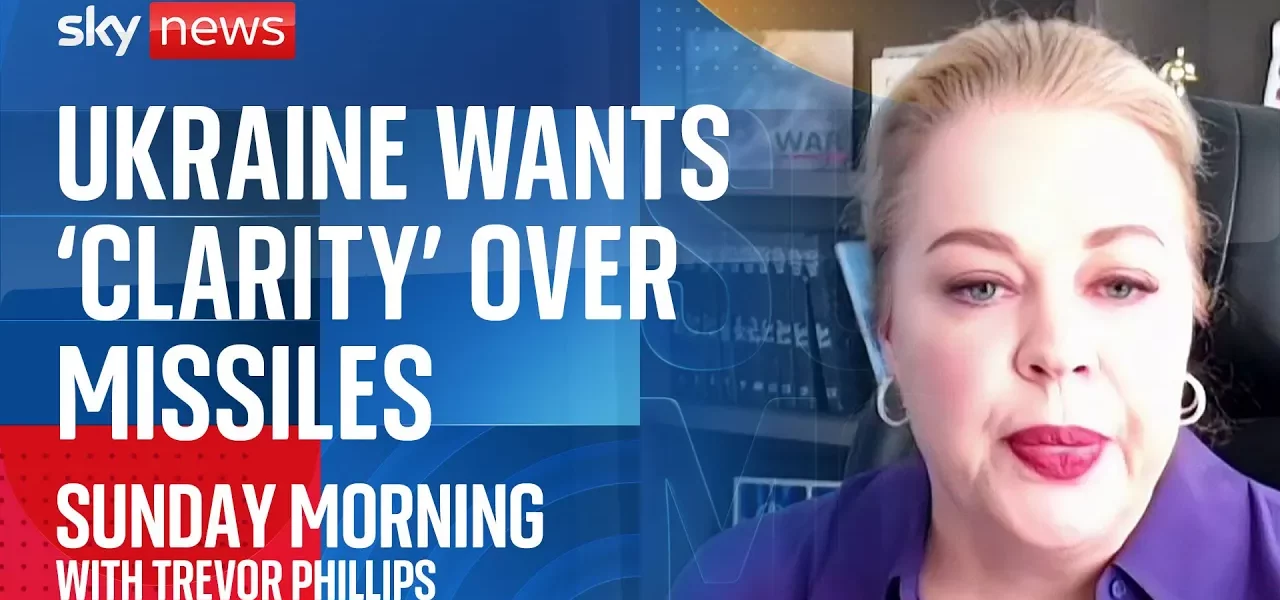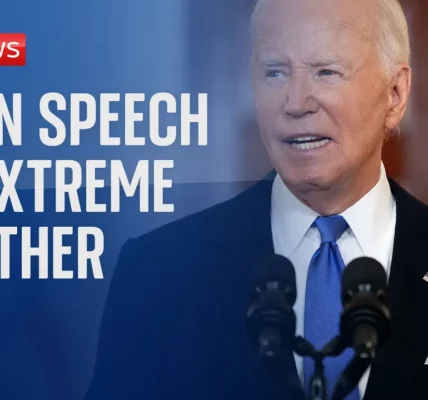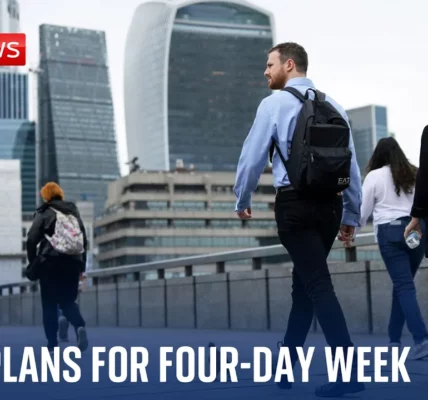Update on the Eastern Front: The Ukraine-Russia Conflict

This article provides a comprehensive overview of the ongoing military situation on the Eastern front, detailing the complexities of the battlefield, the strategic responses of Ukrainian forces, and the implications of international support.
Introduction
The Eastern front of the Ukraine-Russia conflict remains a focal point of intense military activity and strategic maneuvering. In recent months, the situation has evolved into a multifaceted battlefield where both sides are engaged in a complex web of offensive and defensive operations. Understanding the dynamics at play is crucial for grasping the broader implications for regional stability and international politics.
Current Battlefield Situation
As of now, the situation on the battlefield is characterized by ongoing attacks from the Russian Federation, particularly focused on the Donbas region. The Russian military aims to seize control over the administrative borders of Donbas, intensifying their missile and drone strikes on Ukrainian cities and infrastructure. This relentless assault raises critical questions about the effectiveness of Ukraine’s counteroffensive efforts.
Key Areas of Conflict
- Donbas Region: This area remains the most contested, with daily confrontations.
- Kharkiv Region: Ukrainian forces have conducted successful operations to disrupt Russian advances.
- Strategic Withdrawals: Ukrainian military strategies have successfully forced Russian troops to retreat in certain areas.
Ukrainian Counteroffensive Strategies
Despite challenges, Ukraine’s military actions have not been in vain. The primary objectives of their counteroffensive include disrupting Russian operations and regaining control over occupied territories. Successes in the Kharkiv region highlight the effectiveness of these strategies.
Objectives of the Counteroffensive
- Disruption of Russian offensive plans.
- Retaking control in critical regions.
- Bolstering the morale and defense capabilities of Ukrainian forces.
The Role of International Allies
The situation heavily depends on the support from international allies, particularly NATO countries. Discussions between Ukrainian leaders and Western counterparts are critical in shaping the outcome of the conflict.
Expectations from Allies
Ukrainian officials have expressed their hopes for increased military support, including:
- Long-range missile capabilities.
- Enhanced air defense systems.
- Timely delivery of promised military equipment.
Challenges in Gaining Support
There are concerns about the hesitance of Western powers to engage more directly, which can be attributed to fears of escalating the conflict. However, Ukrainian leaders argue that effective military support is crucial for achieving victory.
Defining Victory in the Conflict
Victory for Ukraine is not merely about achieving a ceasefire; it encompasses the complete withdrawal of Russian forces from occupied territories and the establishment of long-term security guarantees.
Elements of Victory
- Full territorial integrity restored.
- Security assurances from NATO and Western powers.
- A comprehensive peace plan involving international support.
Conclusion
The ongoing conflict on the Eastern front remains complex, with numerous factors influencing the dynamics of warfare and international relations. While Ukraine continues to face significant challenges, the determination to secure victory remains strong. As discussions with international allies progress, it is crucial for Ukraine to receive the necessary support to enhance its military capabilities. The support of the global community is paramount in ensuring a successful resolution to the conflict, and calls for collaboration must intensify.
For more information on the Ukraine-Russia conflict and related topics, please explore our other articles on military strategies and international relations.
“`




